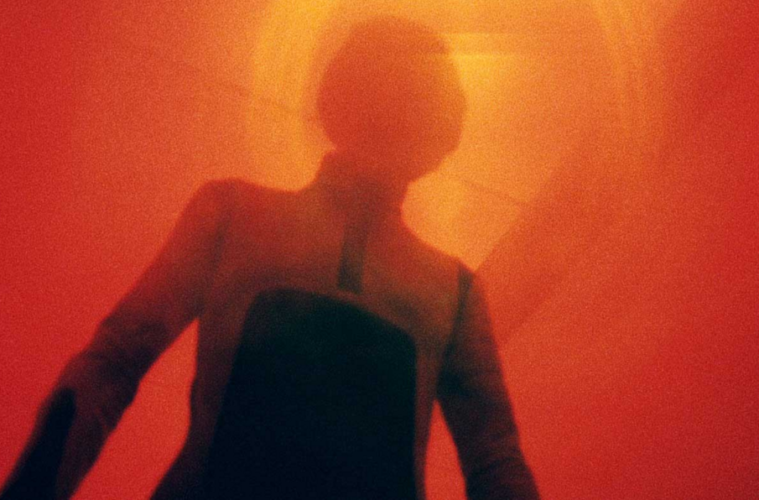
Dailies is a round-up of essential film writing, news bits, videos, and other highlights from across the Internet. If you’d like to submit a piece for consideration, get in touch with us in the comments below or on Twitter at @TheFilmStage.
The software used by Studio Ghibli will be free and open source starting on March 26th, Wired reports.
Explore the symmetry and camera movement in Amélie:
RogerEbert.com‘s Steve Erickson on the current state of foreign-language film distribution:
There’s no end to the essays by baby-boomers recalling the golden age of art cinema from the ‘50s to the ‘70s, many of them proclaiming the death of the movies in the present day. I was born in 1972, so I missed out on personally experiencing this arthouse heyday; my earliest exposure to world cinema came in the late ‘80s, when its US distribution was at an unprecedented nadir. (Anyone who wants to complain that too many films are being released now in big cities should take a look back at how hard it was to see the vibrant Chinese and Iranian cinema of that period.) The ‘90s were my personal peak moment for world cinema, particularly the films of East Asia and the renaissance in France spearheaded by Claire Denis, Olivier Assayas and Arnaud Desplechin. Such films managed to say something new about urban life that resonated with this New Yorker without reducing themselves to the “we are all connected” pabulum popularized later by Paul Haggis and Alejandro Gonzalez Iñárritu. To a large extent, Asian directors like Wong Kar-wai and Takeshi Kitano aren’t working at their peak anymore, but filmmakers such as Wang Bing, Johnnie To, Hong Sang-soo, Jia Zhang-ke and Apichatpong Weerasethakul continue to make masterful work. Fellini, Truffaut, Bergman and Kurosawa were household names even with people who weren’t cinephiles; seeing “The Seventh Seal” and discussing it over cappuccino was a rite of passage for every culturally literate person in the ‘60s. (On the other hand, Andrew Sarris spent that time lamenting the brief runs of now-classic films like Carl Dreyer’s “Gertrud.”) The same can’t be said for something like Apichatpong’s surrealist reveries, even if they express something similarly mystical and operate on the same level of skill.
Watch a video essay on Luchino Visconti and the art of ambiguity:
Rolling Stone‘s David Ehrlich on how a home movie became an indie film sensation with Krisha, and watch a 30-minute talk with the team:
Krisha Fairchild is the kind of person who shrieks with infectious laughter as she tells you that one of her index fingers was recently bitten off by “a nasty-ass” dog. Of course, she probably wasn’t laughing about it at the time — 40 years after earning her first professional credit, the actress was only weeks away from shooting the role of a lifetime when she reached in to break a fight between her pit bull mix and her neighbor’s comparatively petite terrier. Suddenly left with a cylinder of gauze where her right pointer used to be, the sexagenarian star-in-the-making called her nephew, filmmaker Trey Edward Shults, and told him that she couldn’t play the part that he’d written for her.
Keyframe‘s David Hudson remembers Jan Němec:
In 2001, Kinoeye ran a special focus on Němec and Peter Hames wrote: “While it is evident from both the student and feature films of his contemporaries that experimentation was in no way exceptional, Němec made it clear that he had no desire to make ‘realist,’ or what we would now call ‘classical narrative,’ films. ‘If, from the first scene,’ he said, ‘it is apparent that any superficial resemblance to reality is not important at all, the audience will give up their favorite comparisons and concentrate on what the director really tries to convey.’”
Watch a 10-minute analysis of Beyond the Black Rainbow:
Sense of Cinema‘s Sam Dickson on Zodiac and the ends of cinema:
With its dead-end investigations and painstaking recreation of Northern California through the late 1960s and ’70s, Zodiac (2007) enacts a complex remediation of the cinematic forms of the New Hollywood period.1 Purportedly drawing on forensic facts, the film’s narrative is adapted from two non-fiction bestsellers by Robert Graysmith (played by Jake Gyllenhaal in the film), a cartoonist at the San Francisco Chronicle during the notorious “Zodiac Killer” murders. The ultimately self-destructive pursuit of the mysterious Zodiac by Graysmith, as well as newspaper crime reporter Paul Avery (Robert Downey Jr.) and San Francisco detective Dave Toschi (Mark Ruffalo), is assiduously depicted through the ’70s and beyond. The post-1960s moment comes to be allegorised by the film’s unresolved procedural investigations as a process of paranoid meaning construction. Reverberations of the Civil Rights Movement, counter-cultural dissent and the Vietnam War, which are evoked through the film’s soundtrack consisting of popular music from the period, forms a backdrop for Graysmith’s fraying psychic state. His obsessive quest to “know” the real Zodiac symbolises a general cultural anxiety pertaining to an inability to establish a coherent historical narrative. In keeping with the common postmodern trope, such closure is perennially frustrated and the Zodiac Killer case remains open and active to this day for police departments in San Francisco and the Vallejo, Napa and Solano Counties.

